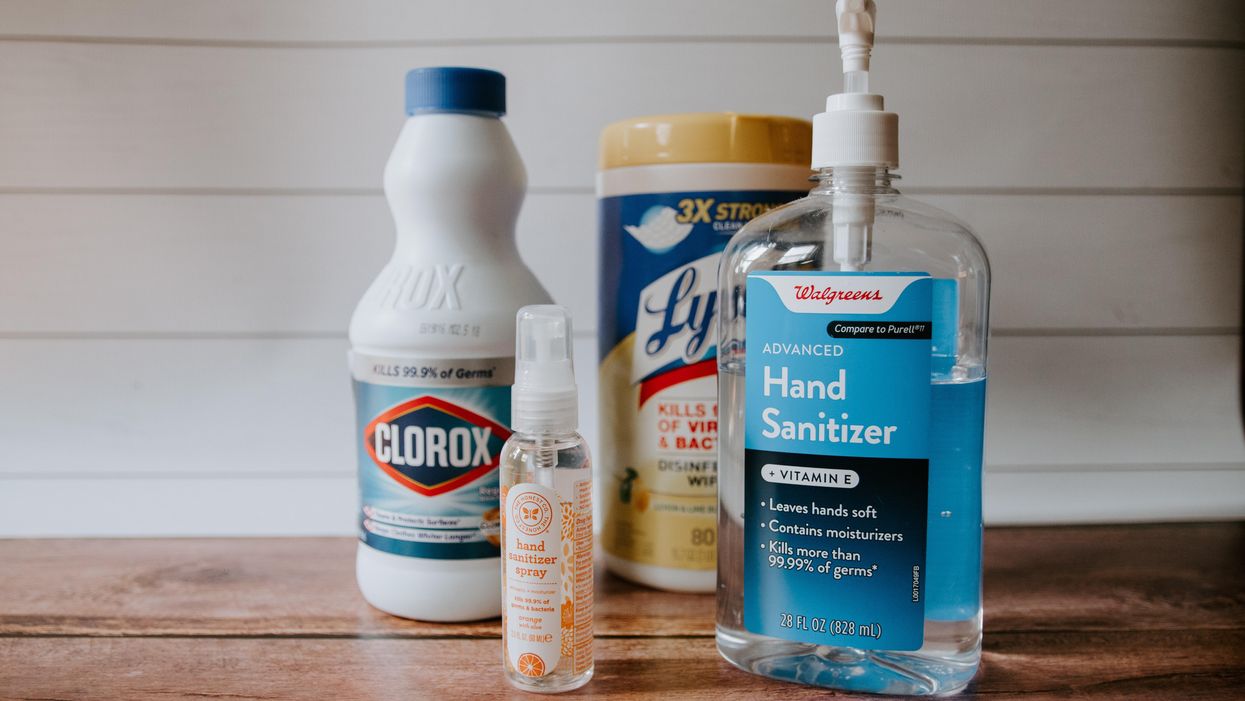Economy
31 July 2022
The Week Ahead: Earnings from Clorox, Kellogg, Wayfair; jobs report
Check out all of the happenings we're following in ecommerce and the economy for August 1-5.

Photo by Kelly Sikkema on Unsplash
Check out all of the happenings we're following in ecommerce and the economy for August 1-5.

Welcome to a new week, and a new month. August has arrived, and with it comes a lull in the ecommerce events calendar. it's a good time to catch up with contacts one-on-one. Still, there are still plenty of opportunities to learn about where this economy is heading, and how public companies are adapting. Let’s get to this week's happenings:
After last week's fresh dose of data on consumer behavior and the latest move by the Fed to hike interest rates to combat inflation, the focus turns to jobs this week. This will be important data on two levels. For one, the labor market is a key piece of the equation that measures the economy’s current strength at a time when many are mulling whether the US is in a recession. Plus, layoffs are continuing to pile up, as most prominently shown by Shopify’s decision to let go of 10% of its workforce last week. Here is the jobs data due from the US Labor Department this week:
The following economic data is also due:
Second quarter earnings season rolls on. Here are the companies in ecommerce, retail and consumer goods that are set to report results this week:
Inventory: The inventory glut that resulted from supply chain-delayed items arriving too late to match consumer demand is moving firmly into focus. Walmart’s warning of lower profits ahead last week showed the pressure it is putting on retailers, while a New York Times story over the weekend showed how the merchandise pileup was creating a boon for liquidators. A couple of questions going forward: Are these issues filtering down to retailers beyond the Walmarts and Targets of the world? Is this a boost for resale?
Consumer healthcare: Amazon’s recent acquisition of One Medical and a pair of spinoffs from GSK and Johnson & Johnson are putting consumer health in focus. As these deals close and teams settle in, we’ll be watching the following: Where is there room to profitably innovate the healthcare experience, and what new products can be developed? Moreover, what principles from building ecommerce businesses will be applied to meeting consumers where they are in their health journeys?
Back-to-school: The slower weeks of summer are also a time to start getting prepared for fall. As back-to-school season moves into full gear, we’ll be monitoring the shopping trends that emerge online, and look to gauge how brands and retailers are faring during a normally busy time.
Campbell Soup Company CEO Mark Clouse offered thoughts on messaging amid inflationary shifts in consumer behavior.
After months of elevated inflation and interest rate hikes that have the potential to cool demand, consumers are showing more signs of shifting behavior.
It’s showing up in retail sales data, but there’s also evidence in the observations of the brands responsible for grocery store staples.
The latest example came this week from Campbell Soup Company. CEO Mark Clouse told analysts that the consumer continues to be “resilient” despite continued price increases on food, but found that “consumers are beginning to feel that pressure” as time goes on.
This shows up in the categories they are buying. Overall, Clouse said Campbell sees a shift toward shelf-stable items, and away from more expensive prepared foods.
There is also change in when they make purchases. People are buying more at the beginning of the month. That’s because they are stretching paychecks as long as possible.
These shifts change how the company is communicating with consumers.
Clouse said the changes in behavior are an opportunity to “focus on value within our messaging without necessarily having to chase pricing all the way down.”
“No question that it's important that we protect affordability and that we make that relevant in the categories that we're in," Clouse said. "But I also think there's a lot of ways to frame value in different ways, right?”
A meal cooked with condensed soup may be cheaper than picking up a frozen item or ordering out. Consumers just need a reminder. Even within Campbell’s own portfolio, the company can elevate brands that have more value now, even if they may not always get the limelight.
The open question is whether the shift in behavior will begin to show up in the results of the companies that have raised prices. Campbell’s overall net sales grew 5% for the quarter ended April 30, while gross profit margins held steady around 30%. But the category-level results were more uneven. U.S. soup sales declined 11%, though the company said that was owed to comparisons with the quarter when supply chains reopened a year ago and expressed confidence that the category is seeing a longer-term resurgence as more people cook at home following the pandemic. Snacks, which includes Goldfish and Pepperidge Farm, were up 12% And while net sales increased overall, the amount of products people are buying is declining. Volumes were down 7%.
These are trends happening across the grocery store. Campbell is continuing to compete. It is leading with iconic brands, and a host of different ways to consume them. It is following that up with innovation that makes the products stand out. Then, it is driving home messaging that shows consumers how to fit the products into their lives, and even their tightening spending plans.
Campbell Soup is more than 150 years old, and has seen plenty of difficult economic environments. It is also a different business today, and will continue to evolve. At the end of the day, continued execution is what’s required.
“If it's good food, people are going to buy it, especially if it's a great value,” Clouse said.